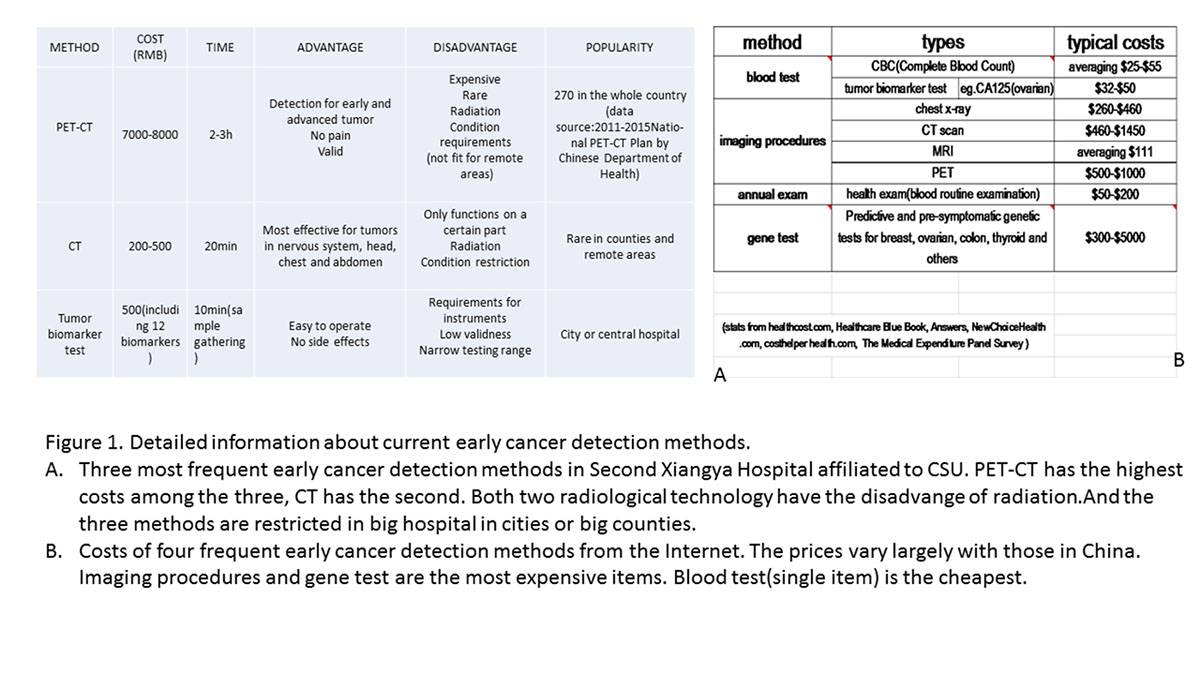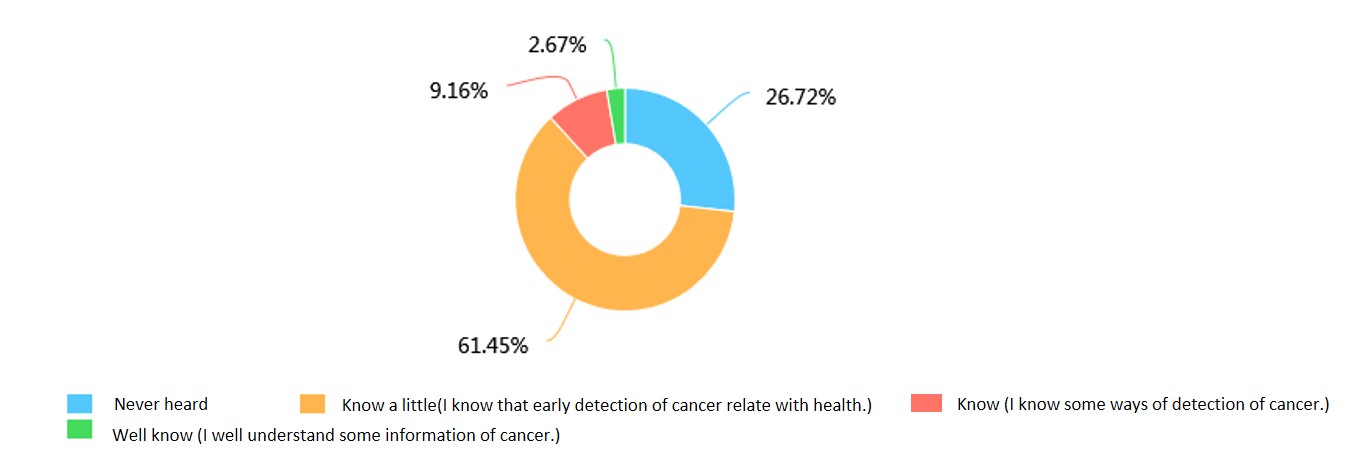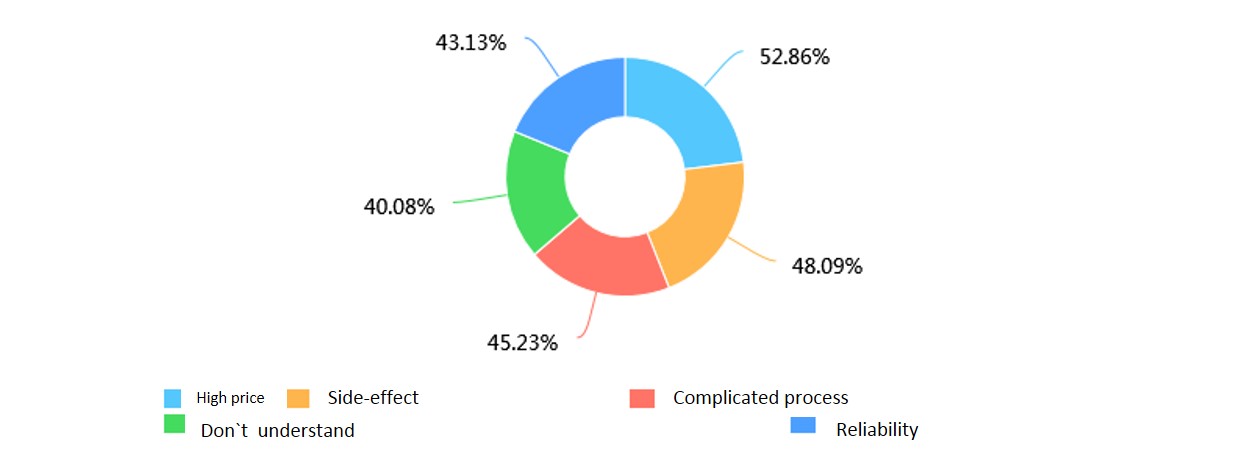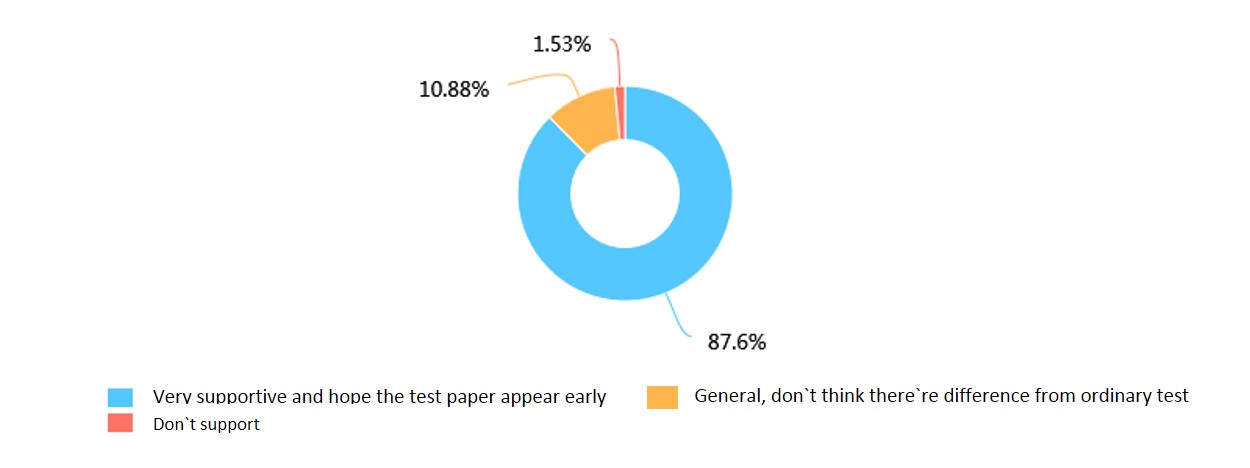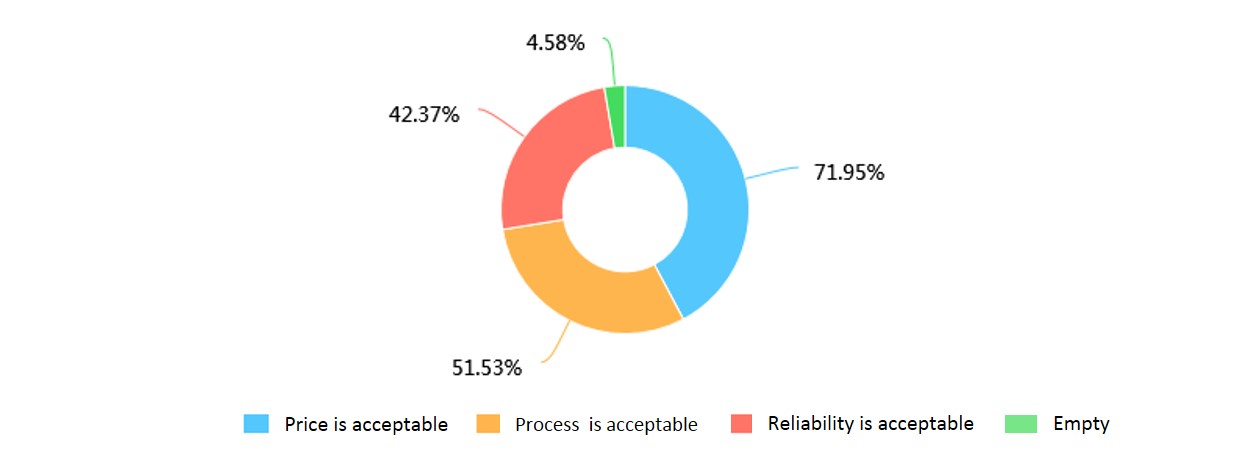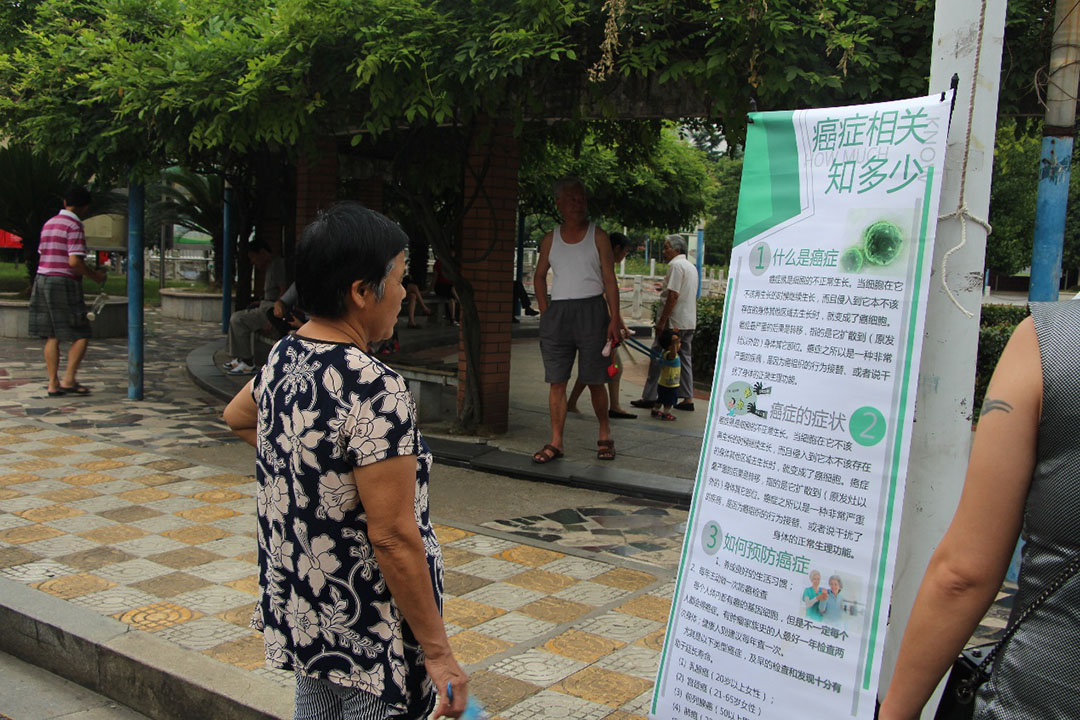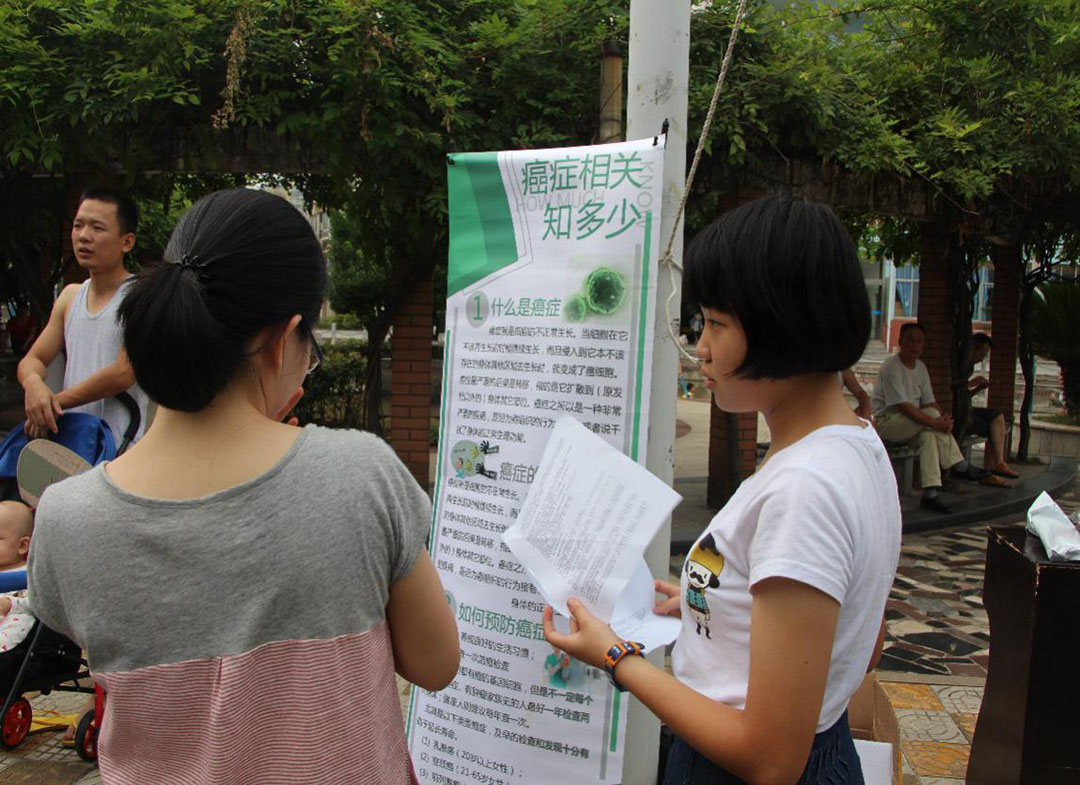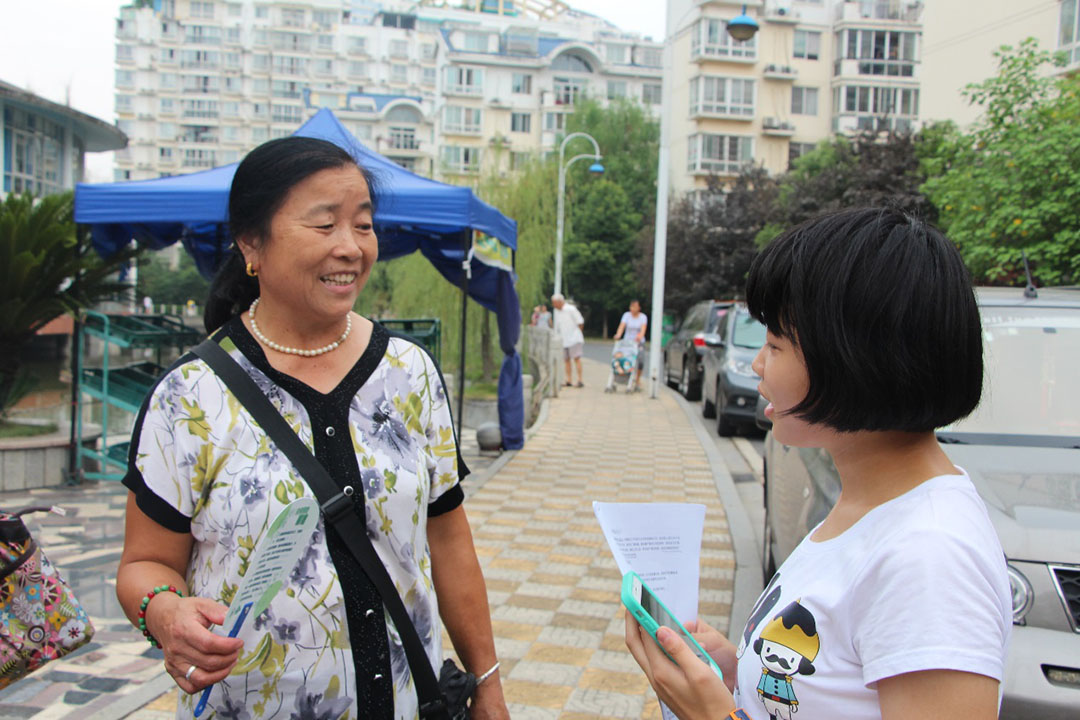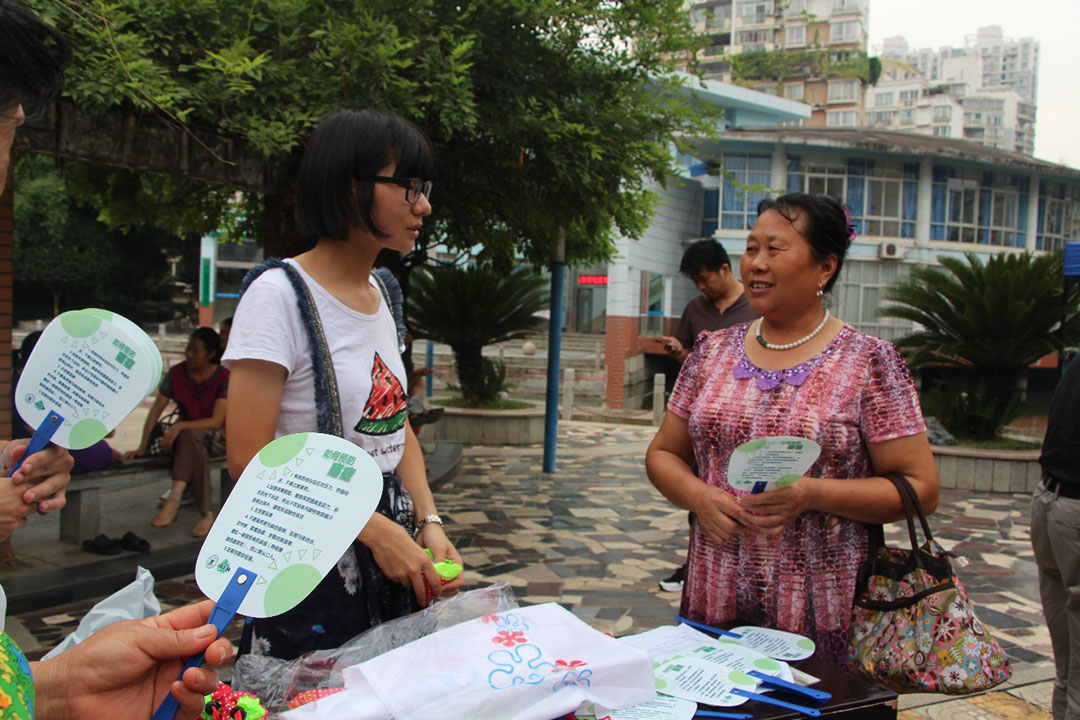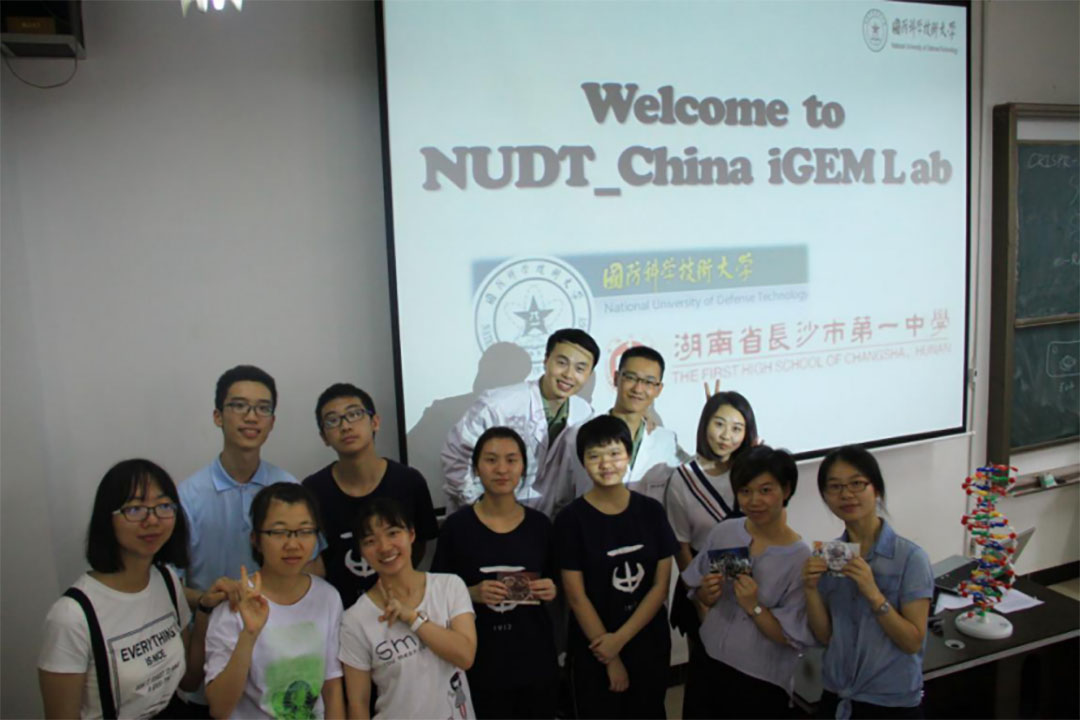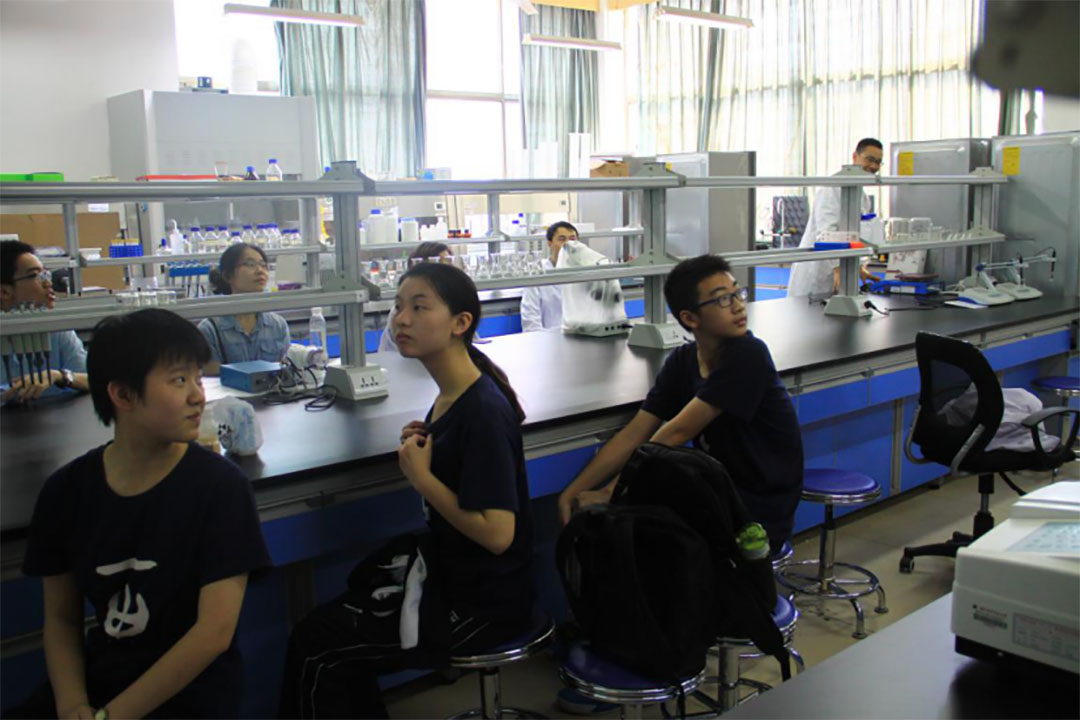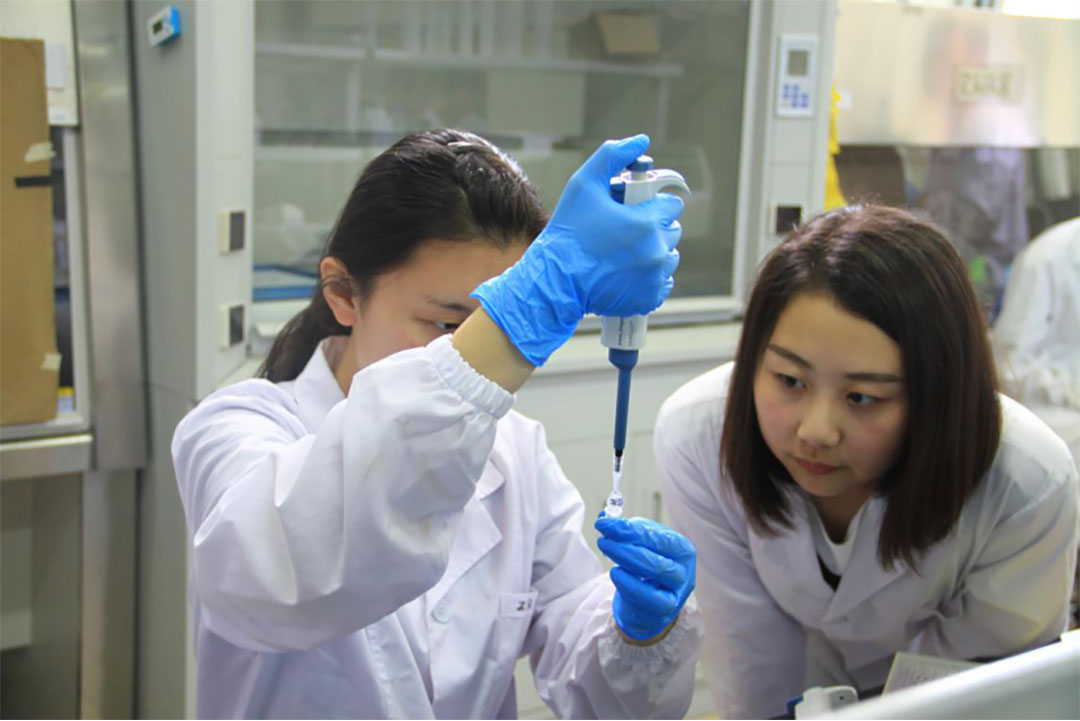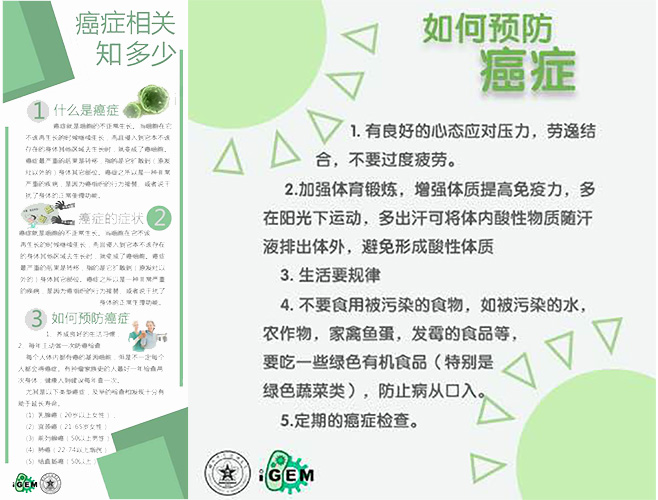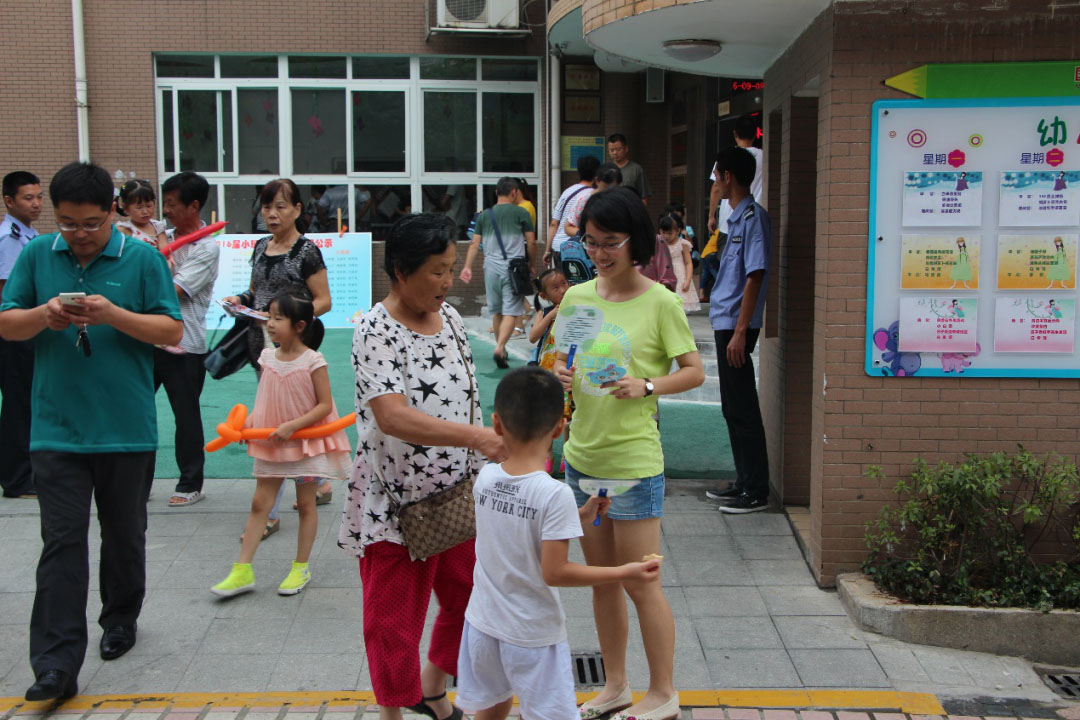| Line 1,294: | Line 1,294: | ||
<html> | <html> | ||
<p> | <p> | ||
| − | <span style="line-height:2;font-family:Perpetua;font-size:16px;">mini poster for everyone</span> | + | <span style="line-height:2;font-family:Perpetua;font-size:16px;">mini poster for everyone(Chinese topic: How to Prevent Cancer)</span> |
</p> | </p> | ||
</br></br></br> | </br></br></br> | ||
Revision as of 09:28, 19 October 2016
Overview
In our project this year, we designed a novel cell-free platform built with synthetic bio-components to achieve the low-cost, handy and visualized detection of serum miRNAs, which can be employed in low-resource settings. The idea that we chose this topic was to serve the world with a novel early cancer detection system that could help more people, especially in remote areas to take early screening and detection of cancers.
However, to help with the fight against cancer, developing new technologies and applications is not enough. Thus We distributed our Human Practice work in three parts based on our project.
|
HP Modules |
Activities |
||
|
Collaborations with Hospital & Health Center |
Interviews with Doctors |
Survey in the Hospital |
sample collecting |
|
Product Evaluation |
Collecting information around product |
Evaluating Potentials and Costs of Our Product |
|
|
Raising awareness |
Different activities for all ages to arouse the awareness of cancer & early cancer detection and to publize our project to the world. |
||
PART I
COLLABORATIONS WITH HOSPITAL & HEALTH CENTER
Interviews with Doctors
1.Dr.Li Wenjin, Hematology Department, First Xiangya Affiliated Hospital of CSU
We talked to Dr.Li on issue about procedure of current cancer detection, gaps Between clinical application and basic research, doubted stability of miRNA in blood, efficiency of miRNA detection and expected prospect of miRNA. This helped us have a detailed understanding of current miRNA application in clinical use, from this we started to increase our attention to the testing validness and long-term effections of our project.
2.Dr.Hou Tao, Oncology Department,Second Xiangya Affiliated Hospital of CSU
In interviews with Dr.Hou, we mainly discussed on costs of current early cancer detection methods. During this we found that the costs of current early cancer detection methods were to some extent too high for people especially the poor to afford. And this methods needed big instruments to analysis samples. It is hard for small hospitals in remote areas to utilize such instruments, thus the remote people may not have the chance to take early cancer detection unless they go to big cities, which may bring pessimism to their thoughts to take the early cancer detection. This acted as an alert of what direction we should go.
We also talked with Dr.Hou about disadvantages of current early detection methods to get help to determine our final project scheme.
Survey In The Hospital & Health Center
We did surveys in Second Xiangya Hospital affiliated to CSU and Health Center of NUDT about details of current early cancer detection methods, which acted as a reference to our project.
|
METHOD |
COST (RMB) |
TIME |
ADVANTAGE |
DISADVANTAGE |
POPULARITY |
|
PET-CT
|
7000-8000 |
2-3h |
Detection for early and advanced tumor No pain Valid
|
Expensive Rare Radiation Condition requirements (not fit for remote areas)
|
270 in the whole country (data source:2011-2015 National PET-CT Plan by Chinese Department of Health) |
|
CT |
200-500 |
20min |
Most effective for tumors in nervous system, head, chest and abdomen |
Only functions on a certain part Radiation Condition restriction
|
Rare in counties and remote areas |
|
Tumor biomarker test |
500 (including 12 biomarkers) |
10min (sample gathering) |
Easy to operate No side effects |
Requirements for instruments Low validness Narrow testing range
|
City or central hospital |
From these we can tell that a novel early cancer detection method that is more convenient, cheaper and has less requirements for environment is in great need. And this is exactly what our project this year is striving for.
Sample Collection for Wet Lab
Since our project this year was to develop a blood-microRNA detection system as a novel method for early cancer detection, and results of previous wet lab all confirmed the effect of our detection system, it was necessary to apply it to serum as a final confirmation. We came to the health exam center of Affiliated Hospital of NUDT and talked with doctors and 5 non-small cell lung cancer(NSCLC) patients about our need for serum samples to and got their support and permission. Also we had 30 healthy postgraduates from NUDT as our volunteer of serum samples. And we collected the blood samples with the help of doctors.
1.Approve of the Informed Consent Form
We submitted the Informed Consent Form to the department of ethics in NUDT. After days of checking it was approved to use.
2. Consultation with doctors
Firstly we found Dr.Tan, one of the principles in the department of clinical lab of the health center. He introduced the formal process of collecting blood samples to us and approved our Informed Consent Form. Dr.Tan also helped us with the collecting work.
3.Meeting with sample groups
We talked to 5 cancer patients in different stages of NSCLC as well as 30 healthy volunteers. We introduced what we had been working on and explained what we would do with their blood samples. We also made a security guarantee that we would keep their personal information as secret.
4.Processes of sample gathering
We gathered serum samples successfully with the help of doctors and nurses. And transported them to laboratory, stored in -80℃.
PART II
PRODUCT EVALUATION
Market Demands
Previously we did surveys in hospitals and health center about current early cancer detection methods. To gather more information, we searched the Internet about the same issue. Here is the summary.
Looking at both results we found that the biggest disadvanges of current early cancer detection were costs and side effects. And this informed us of the direction our project should strive for---handy and low cost. Thus we made a cost evaluation for our product-to-be. Here are the results.
Cost Evaluation
We made an evaluation of efficiency and price of our detection system in this part to see how much our product may decrease the cost of biomarker detection for cancer, or to say how much our project could help the world with.
The other reason we made this cost evaluation was to make it a feedback for the project and find other aspects it may develop itself in.
The following is the evaluation of our expected product cost.
1.Cost Evaluation
|
name of reagents |
Unit price |
Use level |
Equivalent |
|
Ribonuclease inhibitor |
$32.2/200ml |
37.6ul |
$0.006 |
|
phi29 DNA polymerase |
$70.5/250U(10U/ul) |
0.6ul |
$1.692 |
|
Buffer phi29 |
$19.5/5ml |
3ul |
$0.012 |
|
dNTP |
$12.0/1ml |
7.2ul |
$0.086 |
|
Special probe |
$0.16 |
one |
$0.163 |
|
Cas9 protein |
$22.3/g |
1ul(0.2uM) |
$0.713 |
|
double distilled water |
$3.0/25kg |
491.2ul |
$0.000 |
Assuming that the protein can be made to the level of industrial production, the total reagent cost is about $2.672.
|
Name of equipment |
Business |
Price |
|
centrifugal machine |
TGL-16 high speed centrifuge (1.5ml*12 hole) |
$77.979 |
|
Freeze dryer |
LY-15AC high efficiency freezing and drying machine |
$450.224 |
|
Constant temperature box |
DH-250AB electric heating constant temperature incubator |
$335.908 |
|
HP printers |
HP color laser integrated machine |
$427.382 |
All of these machines can be used for long and we don’t need to take them while testing miRNA outside. So we consider loss only. Centrifugal machine is used to extract serum while freeze dryer is used to freeze-dry relative reagents in the test paper. We apply HP color laser integrated machine to make colorimetric card.Briefly,the loss price is about $0.3.
2.Interpretation of Result
(1)The total price of our project is around $3.
During the experiment, we found that this method can achieve requirements of high sensitivity, low cost and easy operation.
PART III
RAISING AWARENESS
In the project this year, the aim of our creation of the product was to detect blood-microRNA thus to promote early cancer detection and then to help the world.
However, to realize helping the world, this is far from enough. Thus we scheduled a series of Human Practice works for all ages to expand our project and ideas out of the lab---we raised people’s awareness of cancer&early cancer detection.
Internet Survey For The Public
In this survey about cancer and early cancer detection, we we chose netizens as our respondent, thus the results would be more objective and random. And we may get more comprehensive and true answers. We designed an Internet survey and put it on social media. Until we stopped the Internet survey, there were 524 netizens who took part in it.
The survey mainly involved the three aspects:
(1)How much the public knew about early cancer detection.
(2)What their main problems were when seeking for early cancer detection.
(3)To publize knowledge of cancer,early cancer detection and our project
a. What do you think of our project?
b. What do you think is acceptable of our project?
c.Do you expect to see our product put in to market?
The data from this survey reflected that although most people attached great importance to early cancer detection, not so many of them knew much about cancer detection, which reminded us that if we wanted to help the world with our handy tumor biomarkers detection system, lateral publicity of early cancer detection to arouse people’s awareness would play a vital role.
What’s more, people had the idea to take early cancer detection, but were stopped by the high cost, possible radiation and operating complexity of current methods. Thus our handy, low-cost detection system may have great hope to decrease the pressure of high cost and complex steps of current early cancer detection methods.
We also learned that people held great expectations towards our project. However, validness of our product were what they doubted most, which was also a common problem of almost all biomarker tests. This reminded us that we must try to raise the validness of the product in our lataral work.
Ethics
Since the idea this year has a close relationship with cancer early detection, we had a discussion standing in shoes of cancer patients. (click to view details of our discussion)
We held this discussion in the laboratory, and called on several students from different majors(eg. Chemistry, Medicine, Electronic Engineering) to take part. As we talked gradually deeper, our moods became increasingly low. Cancer has been a monster for so many years, but the ethical issues of treatment, finance, lie or tell and social assistance have never had an answer.
This year what we want to spread is not only a novel early cancer detection system, but also awareness of people with cancer. We are all weak in the face of diseases, especially deadly ones like cancer. Only if we pay attention to our health and stay alert for accidental diseases can we live a healthy life for long.
Grandpas and Grannys’ Mini Lecture
We planned mini lectures of knowledge of cancer and early cancer detection in several districts mainly for the elder to increase their attention to early cancer detection. Also we wanted to spread the idea that early cancer was not terrifying and could be cured or prevented. Finally , we publicized knowledge about synthetic biology, iGEM, and our project this year.
Lab day for high school students
We invited several high school students who were enthusiastic about biology and their teachers from Changsha No.1 High School to our laboratory. As for the activities, firstly we made a presentation about synthetic biology, iGEM and our project. Then we showed these guests around our lab and introduced our instruments and experiments, and guided them to carry out some interesting biology experiments including polymerase digest and electrophoresis.
Fun game with our topic
Adventure of iGEM is a third person adventure game that aims at introducing iGEM and our project this year to everyone in an interesting way.
A normal student named Itazk joins the team of iGEM. One day he falls asleep in the lab and has a dream. In this dream, he must work out some puzzles to find artifacts of NUDT’s blood-microRNA detection system and defeat Monster Cancer.
Long-term sustainability
To help our project leave a deep impression on people, also to expand the range of our publicity, we made useful little things with knowledge of cancer/early cancer detection/iGEM for families as souveniors.
mini poster for everyone(Chinese topic: How to Prevent Cancer)

